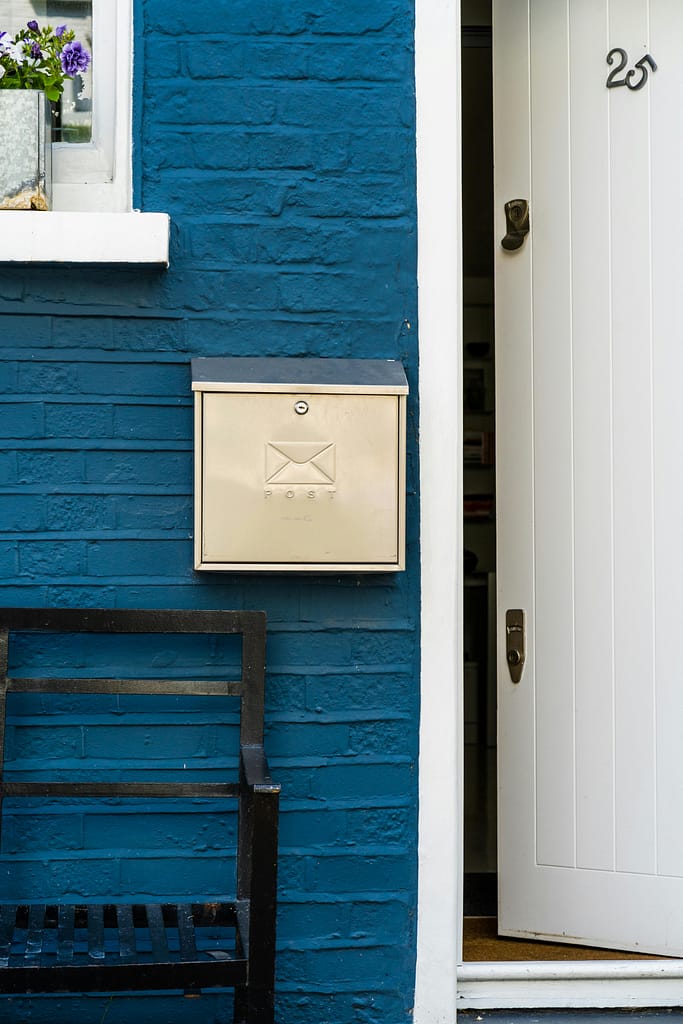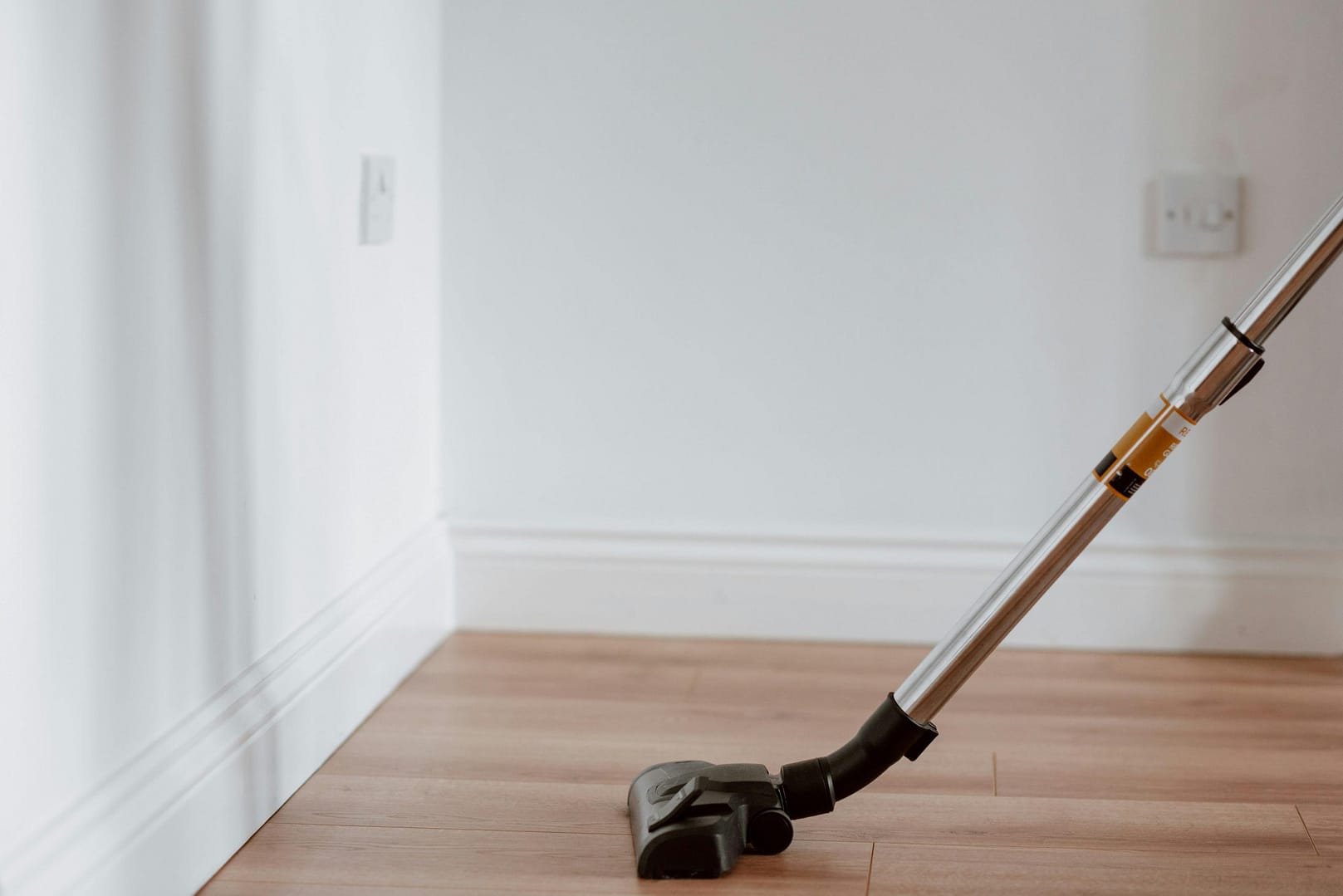If you’ve ever felt overwhelmed by the idea of transitioning to a non-toxic lifestyle, you’re not alone. As a nurse and home wellness advocate, I know how intimidating—and expensive—it can seem to start replacing products or overhauling your space. But here’s the truth: you don’t have to spend a fortune to start detoxing your home. Small, affordable changes can add up to a healthier environment, one step at a time.
Research consistently shows that indoor environments affect health more than many of us realize. According to the Environmental Protection Agency (EPA), indoor air can be 2–5 times more polluted than outdoor air — sometimes even 100 times worse (EPA Indoor Air Quality). Household products, building materials, furniture, and even dust can release chemicals known as volatile organic compounds (VOCs) and endocrine disruptors. All of which are linked to respiratory issues and hormone disruption. The long-term effects of these chemicals being released in our homes can often come at a high price. Think heart disease and cancer (EPA)!
For this reason, most people think a healthy home means expensive air filters, designer organic sheets, and throwing out everything you own. But here’s the truth: creating a cleaner, less toxic home is possible even if you’re on a tight budget. In our home, we use any nice day to open our windows to let the fresh air in- and once we get them replaced, the bugs won’t crawl through the tiny holes in the screens. Picture it! Fresh air and no random bugs. What a life!
Whether you’re just starting out or looking for fresh ideas, this guide will walk you through budget-friendly, evidence-backed ways to detox every room in your home—without breaking the bank. These are the steps I’m taking in my own home and I am already noticing a difference.

What Does “Detoxing Your Home” Really Mean?
Let’s get clear: this isn’t about buzzwords or fearmongering. “Detoxing your home” simply means reducing the number of harmful chemicals and environmental stressors in your everyday space. The goal here is to reduce what your body goes through just to feel okay.
Common Hidden Sources of Toxins Indoors:
- Fragrance – found in candles, air fresheners, and even “clean” labeled cleaning products
- VOCs (Volatile Organic Compounds) – in furniture, paint, adhesives, flooring
- PFAS (aka “forever chemicals”) – in nonstick pans, water-resistant fabrics, and food packaging
- Microplastics – from synthetic fabrics and plastic containers
- Household dust – often carries phthalates, flame retardants, mold spores, and heavy metals
**Ever get headaches at home, suffer from mystery allergies, or feel foggy even after a full night’s sleep? The problem may be inside your home, not your body.
Step 1: Start With Awareness, Not Panic
Before buying anything, just observe. Awareness is free — and it’s the foundation of a healthier home.
- What do you spray, light, or plug in daily?
- Are you using plastic containers or synthetic air fresheners?
- Do you wear gloves when cleaning but inhale fumes freely?
Step 2: Make Free (or Nearly Free) Changes First
These simple swaps have huge impact — and they cost little to nothing:
| Tip | Why It Matters | Budget Hack |
|---|---|---|
| Open windows for 10 minutes/day | Indoor air can be 2–5x more polluted than outdoor air (EPA). | It’s free! |
| Take your shoes off at the door | 85% of indoor contaminants are tracked in from outside. Source | Use a shoe basket. |
| Dust & vacuum with a HEPA filter | Dust carries toxins like phthalates and flame retardants. | Borrow or thrift a HEPA vacuum. |
| Switch to fragrance-free products | Synthetic scents are linked to asthma, hormone disruption, and headaches. | Use up what you have, then swap. |
| Use glass jars for storage | Heat + plastic = chemical leaching. | Reuse pasta sauce jars! |
Step 3: Swap What You’re Running Out Of Anyway
You don’t need to toss everything. Instead, replace one item at a time as you run out. Start with high-impact categories like:
| Category | Smart First Swap | Affordable Picks |
|---|---|---|
| Cleaning | All-purpose cleaner, dish soap, laundry detergent | Branch Basics Starter Kit, Molly’s Suds |
| Personal Care | Deodorant + lotion (largest skin coverage) | Attitude |
| Food Storage | Ditch plastic for glass or stainless | Pyrex Set, Stainless Bento Box |
| Water | Start with a Brita or PUR pitcher | PUR Water Pitcher |
Top Tip
Focus on everyday exposures, not one-time events. Swapping what you use daily has a bigger impact than obsessing over rare ones.
Step 4: Use Free Tools to Guide You in Detoxing your Home
Apps can be a great place to begin your learning. But remember, from a nurse’s POV, these apps aren’t perfect, but they’re great for beginners. I always double-check ingredients that seem questionable — especially anything flagged for endocrine disruption or respiratory harm.
- EWG’s Healthy Living App – Rates products for safety and toxicity.
- Think Dirty – Scan barcodes, learn what’s in your stuff.
Step 5: Prioritize Your High-Use Spaces
Start where you spend the most time. For our family, it’s the living room. Simple swaps go a long way in the high traffic areas.
Bedroom
- You spend ~1/3 of your life here.
- Swap synthetic bedding for organic when possible.
- Use a mattress protector to block off-gassing from foam.
Kitchen
- Replace plastic containers slowly with glass or stainless.
- Use cast iron or stainless cookware instead of nonstick.
Living Areas
- Add toxin-filtering plants like spider plant, peace lily, and snake plant.
(NASA’s Clean Air Study backs this up.) - Declutter to reduce dust traps and stress.
Step 6: Budget Detoxing: Try a $25 Starter Kit
On a budget that doesn’t allow for the next up and coming non-toxic brand, here’s how to detox your home today with just $25:
Reuse a mason jar for baking soda scrubbing. Cut up an old t-shirt as a reusable rag.
- White vinegar – $3
- Baking soda – $2
- Glass spray bottle – $6
- Lemon or lavender essential oil (optional) – $5–8
- Microfiber cloths – $5
Step 7: Shop Smarter, Not Harder
Affordable non-toxic brands are more accessible than ever:
- Target’s Made to Matter aisle: Features safer household brands.
- Thrive Market: Great for pantry, personal care, and cleaning swaps (membership pays off if you shop monthly).
- Amazon: Look for EWG Verified tags or shop curated non-toxic bundles.
Step 8: De-clutter = Detox
It’s free, and it works. Focus on one room each weekend. Use the momentum to carry forward.
- Clutter collects dust and increases visual stress.
- Studies show clutter is linked to elevated cortisol levels — especially in women. Source
- Tidy homes are easier to keep clean, and feel more peaceful.
Step 9: Progress Over Perfection
Don’t compare your evolving home to someone’s Instagram-ready reveal. That’s not real life. In fact, I’m starting an entire journey on the development of my own home– ugly 90’s style included. Remember every small change adds up. You don’t need luxury brands to make your home healthier. Your home should support your life — not stress your body.
Final Takeaway
Detoxing your home does not ever need to break the bank. Start with what you already have, swap smart, and build a wellness-focused home that works for you. And open those windows! Comment below and let me know about where you are starting on this journey and where you are hoping to end up.





